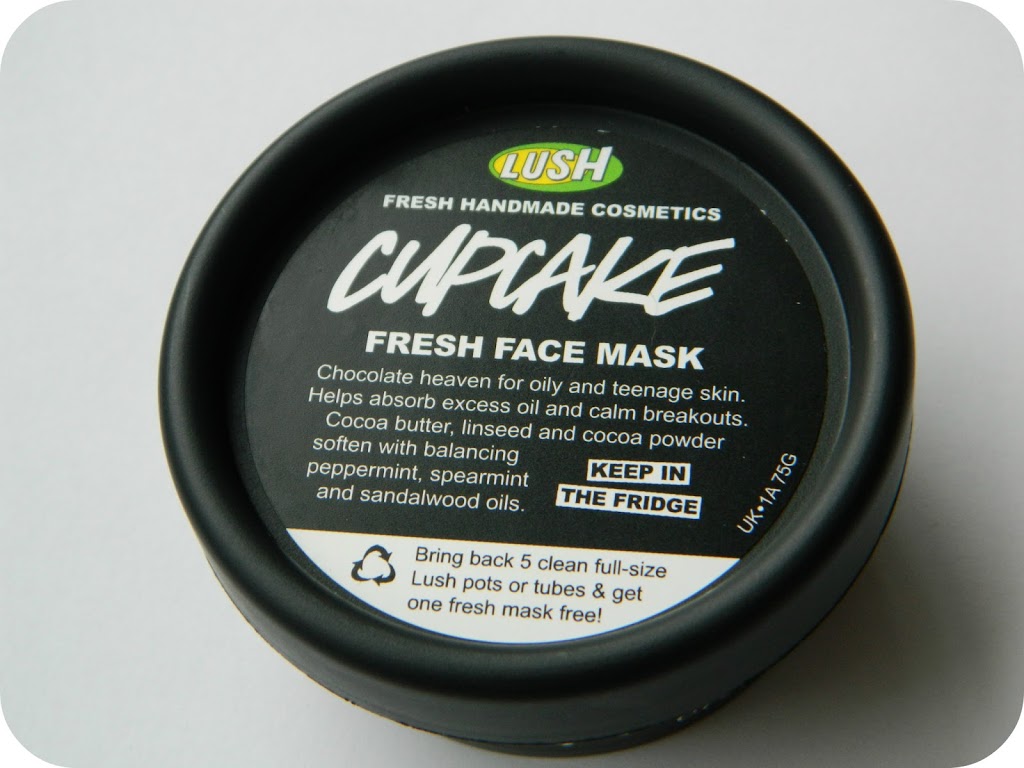
Understanding Pests: Identifying the Most Common Household Invaders*
Pest control is a critical aspect of maintaining a healthy and comfortable living environment. Household pests can cause significant damage to property, pose health risks, and create a general sense of unease. Understanding the most common household invaders, recognizing the signs of infestation, and knowing how to manage and prevent these pests are essential steps in safeguarding your home.

The Importance of Pest Control
Effective pest control is vital for several reasons. Pests can contaminate food, spread diseases, cause allergic reactions, and even damage the structural integrity of your home. For instance, termites can silently wreak havoc on wooden structures, while rodents can gnaw through electrical wiring, posing fire hazards. By implementing proper pest control measures, you can protect your home, health, and overall well-being.
Common Household Pests
Ants
Ants are one of the most prevalent household pests. They are attracted to food sources and can quickly establish colonies in and around your home. Common species include carpenter ants, which can damage wooden structures, and sugar ants, which are drawn to sweet substances. Effective ant control, like those in Salt Lake City, often involves both eliminating the existing infestation and addressing the conditions that attract ants in the first place.
Cockroaches
Cockroaches are notorious for their resilience and ability to thrive in various environments. They are commonly found in kitchens, bathrooms, and other areas with food and moisture. Cockroaches can spread diseases, contaminate food, and trigger allergies and asthma. Signs of a cockroach infestation include droppings, egg cases, and a musty odor.
Rodents
Rodents, such as mice and rats, are not only a nuisance but also a significant health hazard. They can carry diseases, contaminate food, and cause structural damage by gnawing on various materials. Rodents are known for their rapid reproduction, making early detection and control crucial. Signs of a rodent infestation include droppings, gnaw marks, and nesting materials.
Termites
Termites are among the most destructive pests, causing billions of dollars in damage annually. They feed on cellulose found in wood and other plant materials, leading to severe structural damage if left unchecked. Termite infestations can be difficult to detect as they often work silently and out of sight. Signs of termite activity include mud tubes, discarded wings, and hollow-sounding wood.
Signs of Infestation
Recognizing the signs of a pest infestation is critical for early intervention and effective control. Some common indicators include:
- Droppings: Different pests leave behind distinctive droppings, which can help identify the type of invader.
- Damage: Look for gnaw marks, holes, or other damage to structures, furniture, and personal belongings.
- Nests: Pests like rodents and insects may build nests using various materials, including paper, fabric, and insulation.
- Unusual Sounds: Scratching, scurrying, or other noises within walls or ceilings can indicate the presence of pests.
- Odors: Some pests emit strong, unpleasant odors, which can be a telltale sign of an infestation.
Practical Advice for Managing and Preventing Pests
Maintain Cleanliness
Keeping your home clean is one of the most effective ways to prevent pests. Regularly clean floors, countertops, and other surfaces to remove food particles and spills. Store food in airtight containers and promptly dispose of garbage.
Seal Entry Points
Pests can enter your home through even the smallest cracks and gaps. Inspect the exterior of your home for potential entry points and seal them with caulk or other appropriate materials. Pay attention to areas around doors, windows, and utility openings.
Remove Standing Water
Many pests, including mosquitoes and cockroaches, are attracted to moisture. Fix any leaks, ensure proper drainage, and eliminate standing water around your home. Use dehumidifiers in damp areas to reduce humidity levels.
Regular Inspections
Conduct regular inspections of your home to identify any signs of pest activity. Early detection can prevent minor issues from becoming major infestations. Consider professional pest inspections, especially if you suspect termites or other hard-to-detect pests.
Use Household Pest Control Products
Various pest control products are available, including baits, traps, and sprays. Use these products according to the manufacturer’s instructions and consider integrating them into a comprehensive pest management plan.
Seek Professional Help
For severe infestations or persistent pest problems, it may be necessary to seek professional pest control services. Pest control professionals have the expertise and tools to effectively address infestations and implement preventive measures.
Conclusion
Understanding and addressing the presence of common household pests is crucial for maintaining a safe and comfortable home. By recognizing the signs of infestation, implementing effective control measures, and seeking professional help when needed, you can protect your home from these unwelcome invaders.




